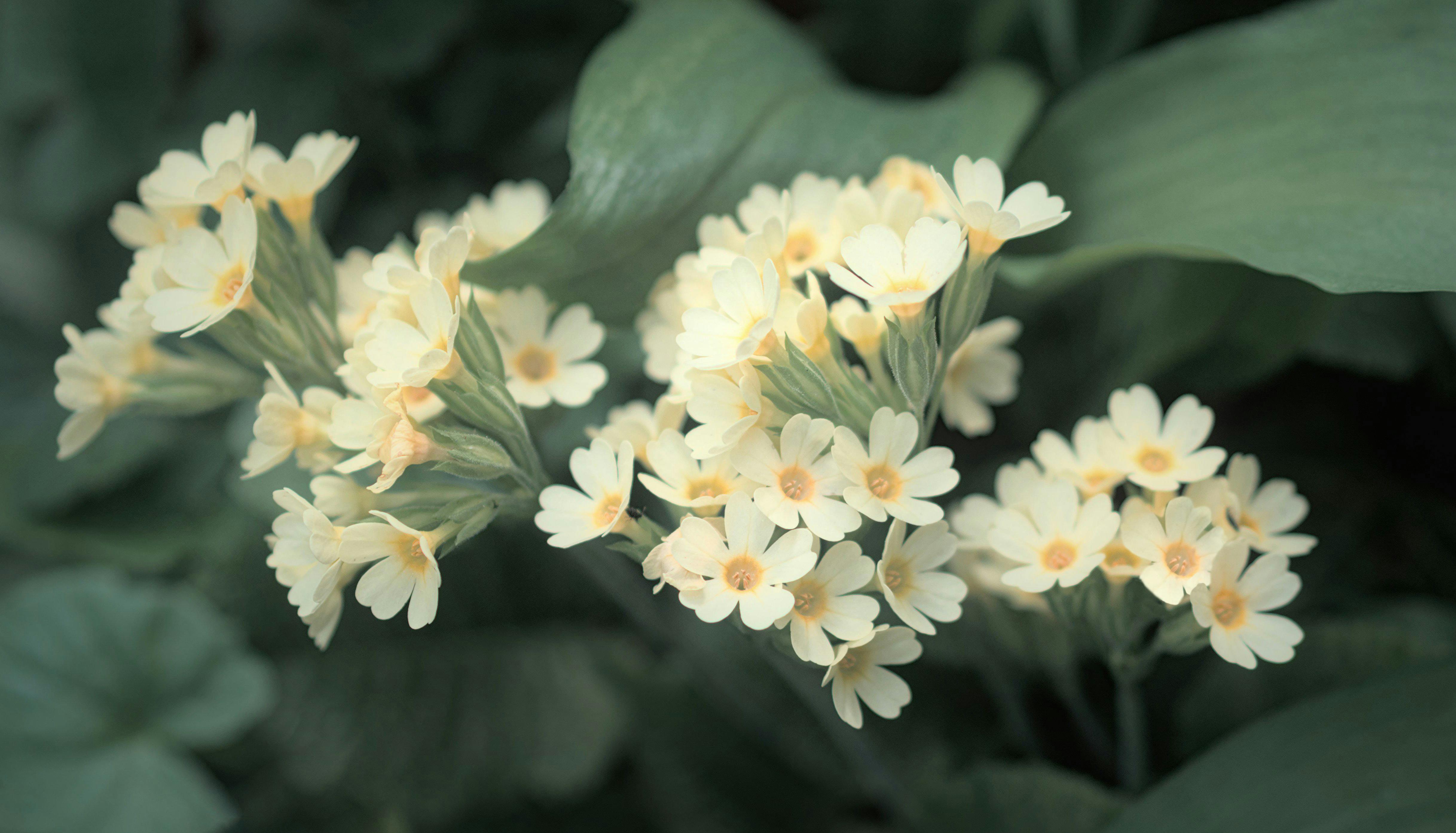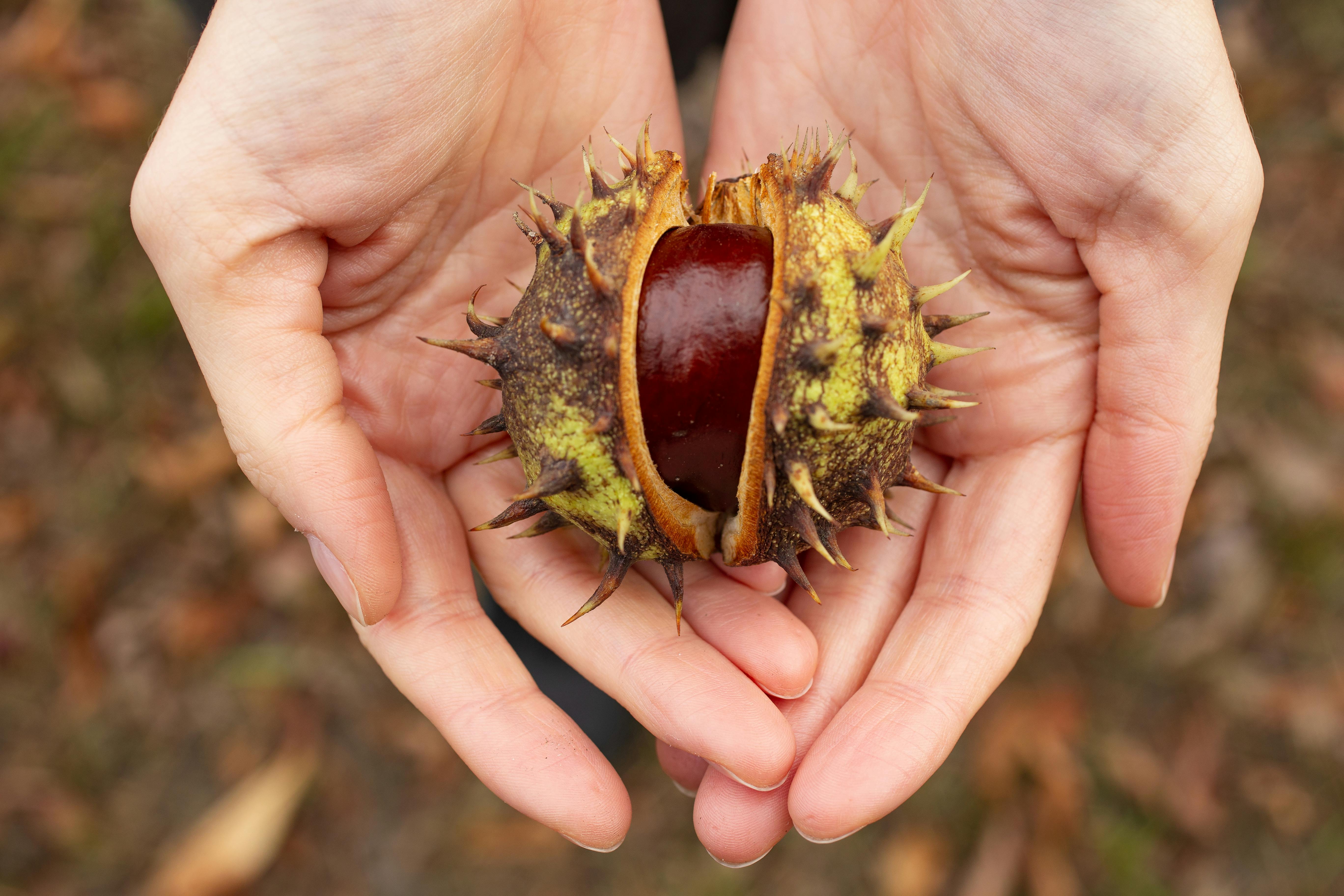Mr. Gardener: Your Ultimate Guide to Gardening Success
The Importance of Soil Quality in Gardening
To achieve a flourishing garden, understanding **soil quality** is paramount. Soil serves as the foundation for plants, providing essential nutrients, water retention, and necessary aeration. **Healthy soil** comprises a well-balanced mix of minerals, organic matter, and living microorganisms. Before planting, conducting a **soil test** can reveal its pH and nutrient levels, allowing gardeners to amend it appropriately. For instance, if your soil is too acidic, adding lime can help raise the pH, making it more conducive for growing vegetables or flowers. A garden that thrives begins with rich, nutrient-dense soil, so investing time in soil quality is an investment in gardening success.
Types of Soil and Their Impact on Gardening
Different types of soil—such as sandy, clay, or loamy—each bring unique characteristics that affect plant growth. **Sandy soil**, known for its excellent drainage, can be beneficial for plants that prefer drier conditions, but it may require frequent watering. On the other hand, **clay soil** retains moisture and nutrients, making it fertile but potentially prone to compaction. **Loamy soil** strikes a balance, combining properties of sand and clay, making it the ideal choice for most garden plants. Understanding these types of soil helps gardeners select suitable plants and apply the proper amendments for optimal growth.
Improving Soil Quality
To enhance soil quality, gardeners can employ various techniques such as the addition of compost, mulching, and crop rotation. **Composting** provides organic matter that enriches the soil, improves structure, and encourages beneficial microbes. Mulching with organic materials like straw or wood chips helps conserve moisture while suppressing weeds. **Crop rotation** prevents soil nutrient depletion and reduces pest buildup. By practicing these strategies, you can significantly improve the health of your garden soil, supporting a vibrant ecosystem for your plants.
Choosing the Right Plants for Your Garden
Selecting the right plants is crucial for creating a thriving garden that flourishes year after year. **Consider local climate**, hardiness zones, and plant compatibility when making your choices. For example, plants that thrive in warmer conditions might struggle in cooler climates. Investigate flowering cycles, sunlight requirements, and growth habits to curate a stunning garden display. Perennials, annuals, and biennials each bring unique characteristics, allowing for diverse gardening possibilities. By customizing your plant selection, you can ensure that your garden not only meets your aesthetic desires but also grows harmoniously.
Native Plants: A Sustainable Choice
Incorporating **native plants** into your garden serves multiple benefits. Native species require less water, fewer resources, and often possess a natural resistance to local pests and diseases. They also provide essential habitats for pollinators and other wildlife. For instance, planting local wildflowers can support native bee populations and enhance your garden’s biodiversity. By choosing native plants, gardeners can nourish their immediate environment and create an ecosystem that thrives sustainably. Learning about the native plants in your region can lead to eco-friendly gardening choices.

Understanding Plant Needs
Every plant species has specific needs concerning sunlight, water, and nutrients. **Understanding these requirements** ensures that your garden remains vibrant and productive. For instance, **shade-loving plants** such as ferns must be placed under cover, while **sun-loving flowers** like sunflowers and daisies flourish in full sunlight. Checking the **moisture levels** is also vital; some plants thrive in moist conditions while others prefer drier soil. Attending to these needs can enhance plant growth and flowering potential.
Effective Gardening Techniques for Maximum Yield
Applying efficient gardening techniques can dramatically improve your yield and quality of produce. Techniques such as **companion planting**, raised beds, and vertical gardening can maximize space and resources. **Companion planting** involves growing compatible plants together for mutual benefits, such as pest control and improved pollination. For example, planting tomatoes near basil enhances tomato flavor while deterring pests. Utilizing **raised beds** allows for better drainage and soil control while minimizing soil compaction. Vertical gardening techniques, where plants grow upward, can save space and provide more sunlight to each plant. These innovative methods can significantly enhance your gardening experience.
Watering Wisely
Water is a critical resource in gardening, and how you manage it can determine your garden’s success. Establishing a **watering schedule** can help maintain consistent moisture levels, preventing over or underwatering. Early mornings are the best time for watering, ensuring plants absorb moisture before the heat of the day. Furthermore, using drip irrigation or soaker hoses conserves water while providing adequate coverage. Monitoring the specific moisture needs of your plants can optimize water usage, leading to healthier plants.

Harvesting Techniques
Proper harvesting techniques are just as crucial as planting. Each type of produce has a specific harvesting time to ensure maximum flavor and quality. For instance, most leafy greens should be harvested when young and tender, while root vegetables can be left in the ground until maturity. Techniques such as cutting rather than pulling plants can also minimize damage to the roots. Learning the right time and method for harvesting contributes to overall garden success and maximizes your yields.
Maintaining Your Garden Year-Round
Garden maintenance is essential to sustaining a flourishing outdoor space throughout the seasons. Regular tasks like weeding, pruning, and pest control keep your garden healthy. Weeds compete for vital resources, so establishing a weeding routine is essential. Pruning promotes healthy growth by removing dead or diseased branches. Proper pest management, including physical barriers or organic pesticides, safeguards your plants from detrimental insects. By scheduling these maintenance tasks regularly, you will nurture a thriving garden year-round.
Seasonal Gardening Tips
Adjusting gardening practices for the seasons can significantly improve productivity. In spring, focus on planting and nurturing seedlings; consider starting indoors to jumpstart growth. During summer, prioritize hydration and pest monitoring to keep plants thriving in the heat. Fall is a great time for cleaning up and preparing for winter by mulching and planting cover crops. Finally, in winter, turn your attention to planning for the upcoming season, researching new plants, and enriching your garden beds with compost. Understanding these seasonal tasks ensures a well-maintained and active garden.
Documenting Your Gardening Journey
Keeping a garden journal can provide invaluable insights over time. Documenting your planting dates, results, challenges, and successes can help you make informed decisions in the future. Recording weather patterns, soil conditions, and pest appearances will enhance your gardening strategy as seasons change. This practice fosters learning and adaptation, increasing your gardening success year after year. A garden journal also allows you to reflect on your progress while celebrating the beauty of nature.
Key Takeaways
- Soil quality is fundamental to gardening success; invest in soil testing and amendments.
- Choose plant varieties suitable for your climate and ecosystem, including native species for sustainability.
- Implement effective gardening techniques like companion planting, raised beds, and proper watering.
- Regular maintenance and seasonal practices contribute to a vibrant and productive garden.
- Keeping a garden journal helps track progress and improve future gardening decisions.
FAQ
1. How can I improve my garden’s soil quality?
Improving your garden’s soil quality can be achieved by adding compost, using mulch for moisture retention, and practicing crop rotation. Regular soil testing can identify nutrient deficiencies and pH imbalance, allowing you to amend the soil effectively based on specific plant needs.
2. What are the best plants for shaded areas?
Numerous plants thrive in shaded conditions, including ferns, hostas, and astilbes. These plants not only tolerate low light but can provide abundant greenery and vibrant blooms, contributing to a lush garden even in shaded corners.
3. What techniques enhance moisture retention in my garden?
Techniques like mulching, using organic matter, and installing drip irrigation systems can significantly enhance moisture retention. Mulch helps slow evaporation and keeps the soil cool, while organic materials improve overall soil structure.
4. Should I plant my seeds indoors or outdoors?
Starting seeds indoors gives them a head start, particularly in cooler climates. It allows for controlled conditions, letting seeds germinate earlier, which you can then transplant when the risk of frost has passed for optimal growth.
5. Why is companion planting important?
Companion planting is essential as it promotes healthy growth by utilizing plant relationships. Certain plants can enhance each other’s growth while suppressing pests; for example, planting marigolds alongside vegetables can repel harmful insects, benefiting the overall garden ecosystem.
